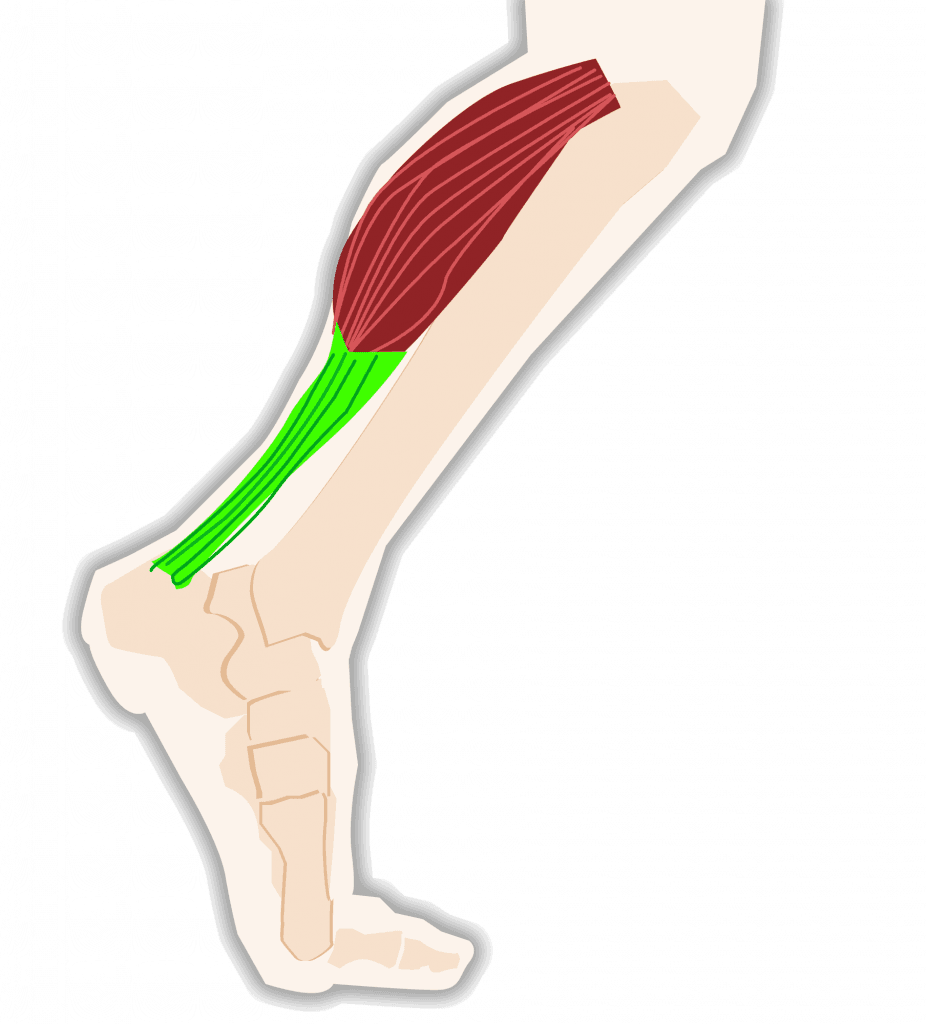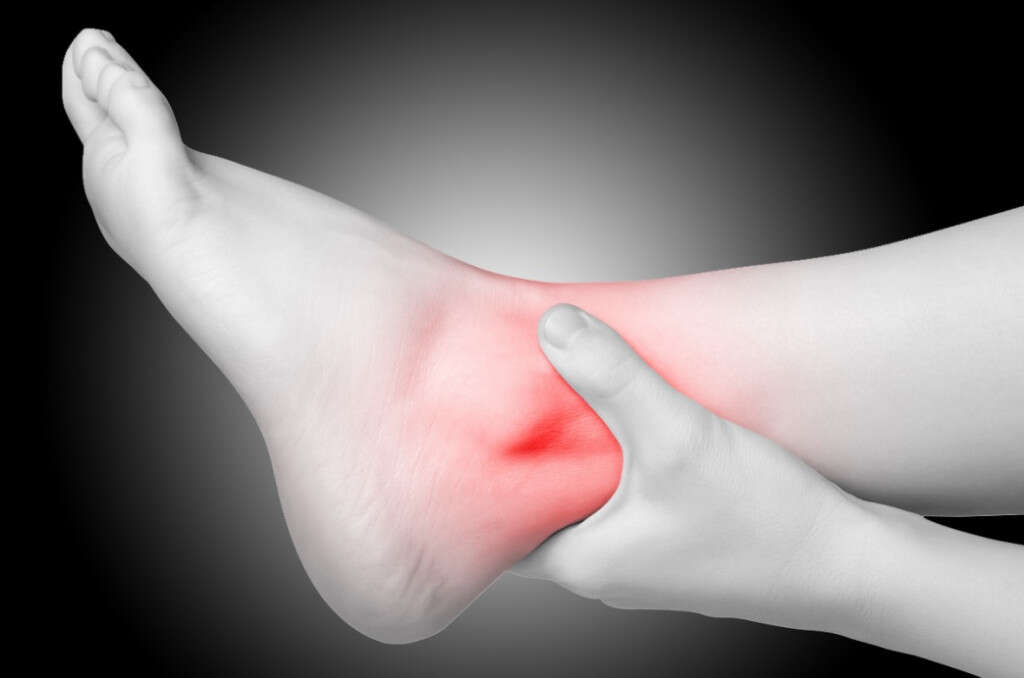Best Info About How To Treat A Calf Sprain

A second degree strain is damage to a more extensive number of muscle fibres.
How to treat a calf sprain. Advancing age can increase the chances of a calf strain. More severe strains may be caused by a complete tear of the muscle, which can lead to a loss of function. Ensure that your toes point forward and bend both knees, keeping the heel of your injured leg on the floor.
Treatment recovery time a calf strain is an injury to the muscles of the back of the lower leg. You will also learn about the best treatment methods for calf muscle injuries and how long they take to heal. When diagnosing a thigh or calf strain or sprain, your doctor will conduct a physical examination and ask about the event that caused your injury.
They are different from sprains, which are injuries to the ligaments that attach bone to bone. As the pulled calf muscle heals, a warm heating pad, exercises, and stretching can all help to speed up the healing process. People can use a cold compress to reduce inflammation and relieve muscle pain during the first 2 days.
Ice and heat therapy: Calf pain can also be a sign of more serious issues like achilles tendonitis, sciatica or deep vein thrombosis (dvt). This encourages blood flow, which facilitates the healing of damaged muscle fibres.
Don’t apply ice directly to your skin. Approach — rest, ice, compression, elevation: Wrap a compression bandage around the.
Wrap these in a soft cloth and place on your calf for 10 minutes. But don't avoid all physical activity. Doing so can help reduce inflammation and relieve muscle.
Rest your leg by keeping off your feet as often as you can. Immediate treatment for pulled calf muscles usually includes rice, which stands for: Hold this for 30 seconds and repeat three times per day.
How to rehab calf strains you ask? You can do this as many times a day as needed. Once you have suffered a calf strain, you should treat it with two strategies:
Ice or cold compresses. Physical therapists treat people with calf strains by reducing pain, restoring muscle strength and flexibility, and increasing recovery speed. After confirming you have a torn calf muscle, your healthcare provider may recommend a home treatment known as rice:
Ice and heat therapy: Your calf muscle will heal more quickly the less you use. A professional therapist may use ultrasound to treat your torn calf.



![Calf Pain How to Prevent Sore Calves From Running [Fully Explained]](https://i0.wp.com/www.kinetic-revolution.com/wp-content/uploads/2011/05/sjtlwdhtwpo.jpg?fit=1600%2C900&ssl=1)



:max_bytes(150000):strip_icc()/2549387-article-causes-of-calf-pain-5a70fb720e23d90036a5fa54.png)









